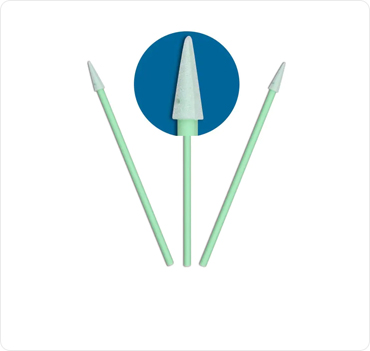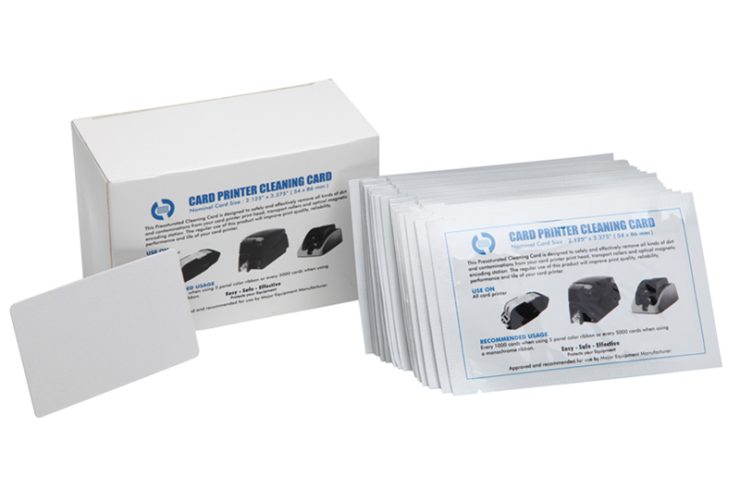How To Choose The Right Foam Swabs For Electronics?
If you’re in the electronics industry, you know how vital it is to maintain and clean equipment. A small mistake can cause significant damage or costly repairs. One of the most important tools for cleaning electronic components is foam swabs. Foam swabs are essential tools when it comes to cleaning electronic components. They help remove dirt, dust, and other contaminants from sensitive electronic parts. However, choosing the right foam swab for electronics can be a challenging task, especially if you’re not familiar with the different types available. With so many options available in the market, choosing the right one can be overwhelming. This blog post will guide you on how to choose the perfect foam swabs for your electronics while keeping them safe and well-maintained. So, let’s dive into this helpful guide!
What are foam swabs?
Foam swabs are used to clean electronic equipment and are available in a variety of sizes and shapes. The most common type of foam swab is the cotton-tipped swab, which is designed for cleaning delicate surfaces. Foam swabs can also be made from other materials, such as polyester or polyurethane, and are often used for cleaning hard-to-reach areas. When choosing foam swabs, it is important to consider the type of surface to be cleaned and the size of the area to be cleaned.
What are they used for?
There are many different types of foam swabs on the market, each designed for a specific purpose. Here are some common uses for foam swabs:
– Cleaning sensitive electronic components: Foam swabs are often used to clean delicate electronic components such as circuit boards and connectors.
– Applying or removing adhesives: Foam swabs can be used to apply or remove adhesives from surfaces.
– Polishing: Foam swabs can be used to polish surfaces, such as metal or plastic.
– Dusting: Foam swabs can be used to dust surfaces, such as computer keyboard.
What are the different types of foam swabs?
Foam swabs come in a variety of shapes and sizes, each designed for specific uses. The most common types of foam swabs are:
-flat foam swabs: these have a wide, flat head that is ideal for cleaning large surfaces;
-pointed foam swabs: these have a narrow, pointed head that is perfect for getting into tight spaces;
-round foam swabs: these have a round head that is ideal for cleaning small surfaces;
-cylindrical foam swabs: these have a cylindrical head that is perfect for cleaning round surfaces.
How to choose the right foam swab for your electronics?
There are a lot of different types and sizes of foam swabs on the market, so how do you know which one is the right one for your electronics? It all depends on the type of electronics you have and what type of cleaning you need to do.
Size and Shape
The size and shape of the foam swab are crucial in ensuring it fits in the tight spaces of electronic components. A smaller swab may be required for hard-to-reach areas, while a larger swab may be suitable for larger components. Ensure that the swab’s shape is appropriate for the component’s shape to avoid causing any damage.
Material
The material used to make the foam swab is another crucial factor. Ensure that the swab is made of non-abrasive material to avoid scratching or damaging the electronic components. Some of the best materials for foam swabs include polyurethane foam, polyester foam, and microfiber.
Absorbency
The absorbency of the foam swab is crucial in ensuring it can effectively remove contaminants from the electronic components. A highly absorbent swab is ideal since it can hold more cleaning solution, reducing the number of swabs required to clean a component.
Cleanliness
Ensure that the foam swabs are clean and free of any contaminants before use. Contaminated swabs can introduce dirt and debris to the electronic components, causing more harm than good.
Compatibility
Ensure that the foam swab is compatible with the cleaning solution used. Some cleaning solutions may react with the foam material, causing it to disintegrate or deteriorate.
Conclusion
Choosing the right foam swabs for electronics is important to preserve the integrity and performance of your electronic devices. We hope this article has given you a better understanding of how to choose foam swabs for those delicate tasks, so that you can keep your electronics in top condition with minimal effort. With the right information and tools at hand, all it takes are a few simple steps to make sure your electronic components remain clean and well-maintained for years to come!


